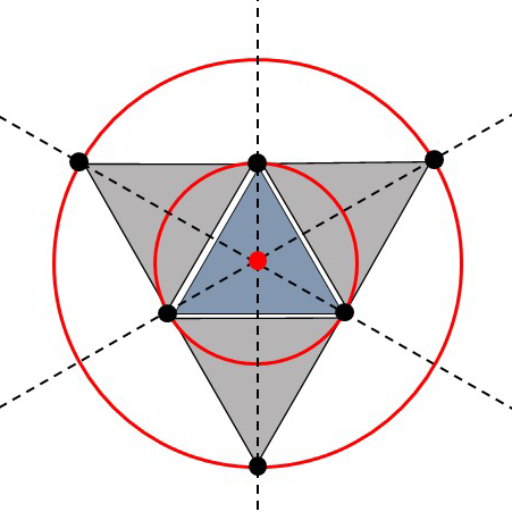Prologue
If you sit and watch a single candle in the dark and ponder the nature of light, an interesting phenomenon is revealed. “Light” is a term, a concept, a meaning, a physical presence, and an evolving experience all at once. When both eyes view a space the light appears as an ambient glow. When the eyes focus together naturally on the candle flame itself, the light appears as a singular beam coming towards the eyes. The body, an apparatus for receiving information in the form of light, is fragmented into two sub-apparatuses – i.e. two eyes, each perceiving its own direct beam of light, focused from the many photons and beams shooting in all directions from the candle’s epicenter toward the eyes. If one closes one eye or the other, the singular beam becomes diffracted and fragmented into two different beams. On closer inspection, as both eyes slowly narrow or squint the aperture, the two beams cross back together and converge close to the face, before entering the eyes. At this closest point to your face, one can see the “end” of the beam, and it further fragments into strands, tiny beams that appear to form a hollow tube.
As the eyes open wide again, the beam becomes perceptually singular once again. Thus, the concept, meaning, form, and function of “Light” is a dynamic perception in constant flux and movement, modulated by a tool or apparatus for receiving and translating the data or in this case the “light” effects for your mind or body to receive. What appears to be happening is that there is a complex transformation of “light.” It transforms back and forth between parts and wholes, particles and waves of something my mind calls “light.” Beginning as a conceptual whole, a glow, to a beam, to two beams, to micro beams, and then back again as one singular glow represents one complete wave pattern from macro- to micro and back again. This simple phenomenon reveals the nature of the Theory of Mind, Matter, and Media and the ways that information transforms along with concepts and material phenomenon and the ways that fragmentations are cognitively perceived as linguistic gaps or varying types of perceptions and frames of reference in an otherwise connected space.
Conceptual Framework:
Information is complex, multi-dimensional, interdisciplinary, and systemic. The core Theory of Mind, Matter, and Media explains and diagrams the way that information forms a unified living system, or interface between the physical shaping of the universe, and the conceptual ideas behind such shapes. Our world is indeed defined by interdisciplinary relationships between Mind, Matter, and Media despite the perceptions that such relationships are fragmented, disconnected, or environmentally dis-functional.
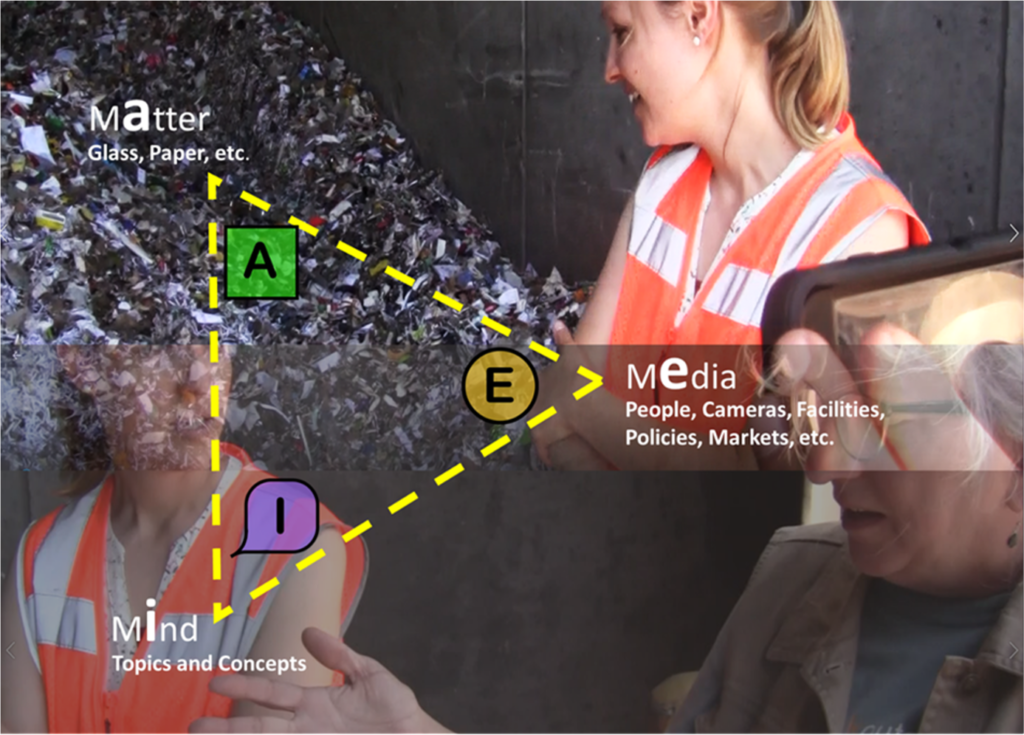
In order to understand the Theory of Mind, Matter, and Media, one needs to adopt an interdisciplinary perspective regarding the nature of living systems. The theory critically examines and builds on the intersection of three dimensions of experience; the internal human-cognitive dimension known as Mind, the external non-human physical world, known as Matter, and the in-between space of information, known as Media. Media not only functions to link the two other dimensions, but it also blurs their lines of division within complex phenomena. That in-between space is conceptualized as a semiosphere, a multi-dimensional space of communication flows in time. Linguistic systems impact cognitive, material, and communicative functions collectively within any phenomenon.
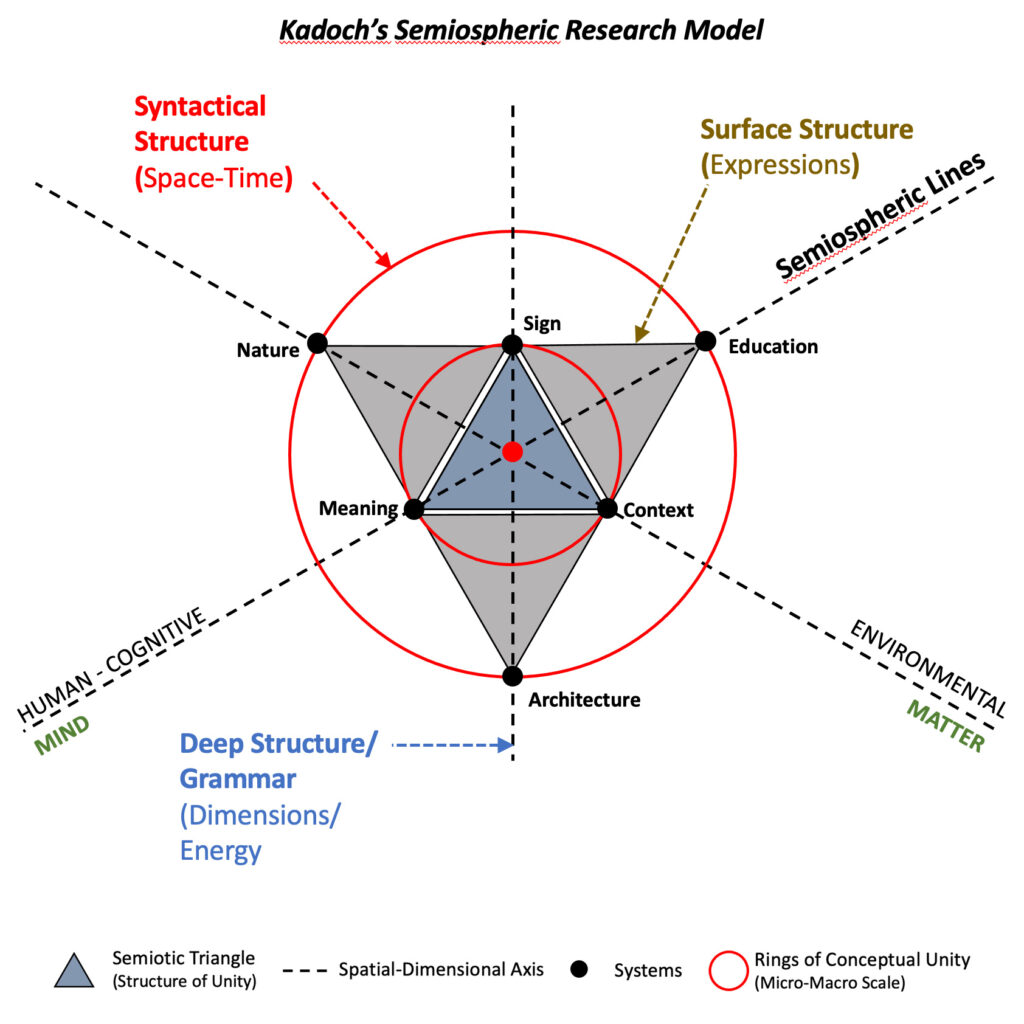
The Semiosphere
The concept of a semiosphere unifies diverse, and dynamic dimensions of information, where space, time, mind, matter, and media form connected systems and patterns. The Theory of Mind, Matter, and Media builds a unifying model for studying information dynamics within an interdisciplinary ecological framework. It exposes core functions and deep structures of language within a world of information called the semiosphere.
Such a universe of information appears fragmented, yet is actually fractal in nature within a cohesive space, and where cognitive, material, and mediated forms fade and flow in synch with other physical phenomenon.
The Theory of Mind, Matter, and Media reveals a model that can be used to solve complex environmental problems and which can enhance ecological literacy as well as systemic ecological performance and deep connectivity between humans and our environment.
The Problem
Global sustainability is a wickedly problematic and complex endeavor and sustainable waste management served as an applied case study. The research methods focused on lifecycle based data collection and analysis through linguistic means. By working within an environmental context, we can begin to see a language’s performance in helping or hindering a system’s ecological functionality. Does the language system contribute to a sense of dis-functional fragmentation in the system, or is the language helping bridge spatial and temporal gaps as well as informational gaps for enhanced or optimal performance?
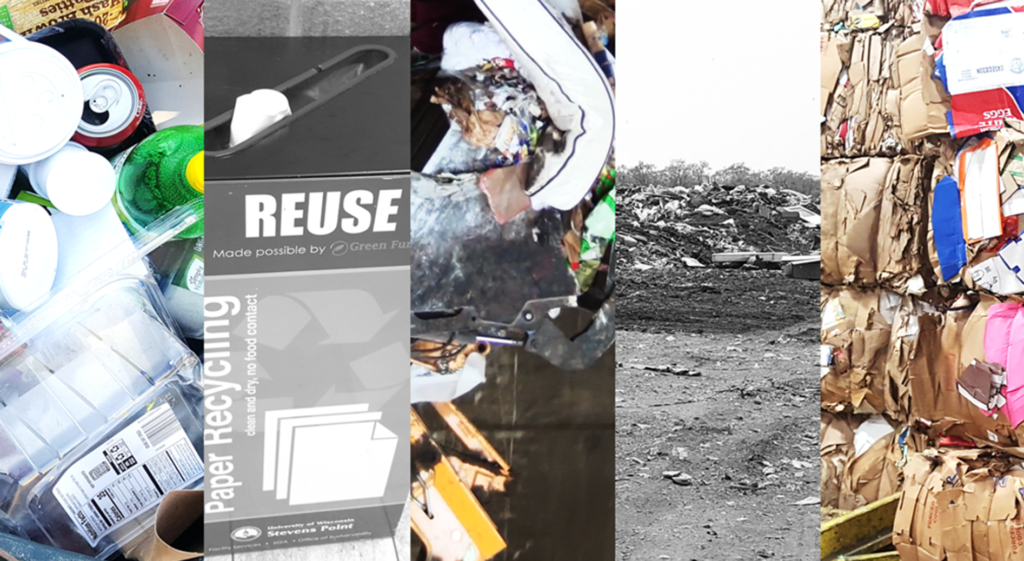
The emergent Theory of Mind, Matter, and Media is grounded in data-driven processes positioned to gain a dimensional and spatial perspective on the nature of information, and thus the architecture of information within our environmental context.
To overcome the problem of language from an interdisciplinary perspective, semiotics and linguistic structure was analyzed both from a theoretical point of view, as well as a research methodology for rigorous data collection.
There are problematic aspects of representation within language and descriptive systems of the world, and the fact that a single word or term, such as “recycling” can take on many different contextualized meanings.
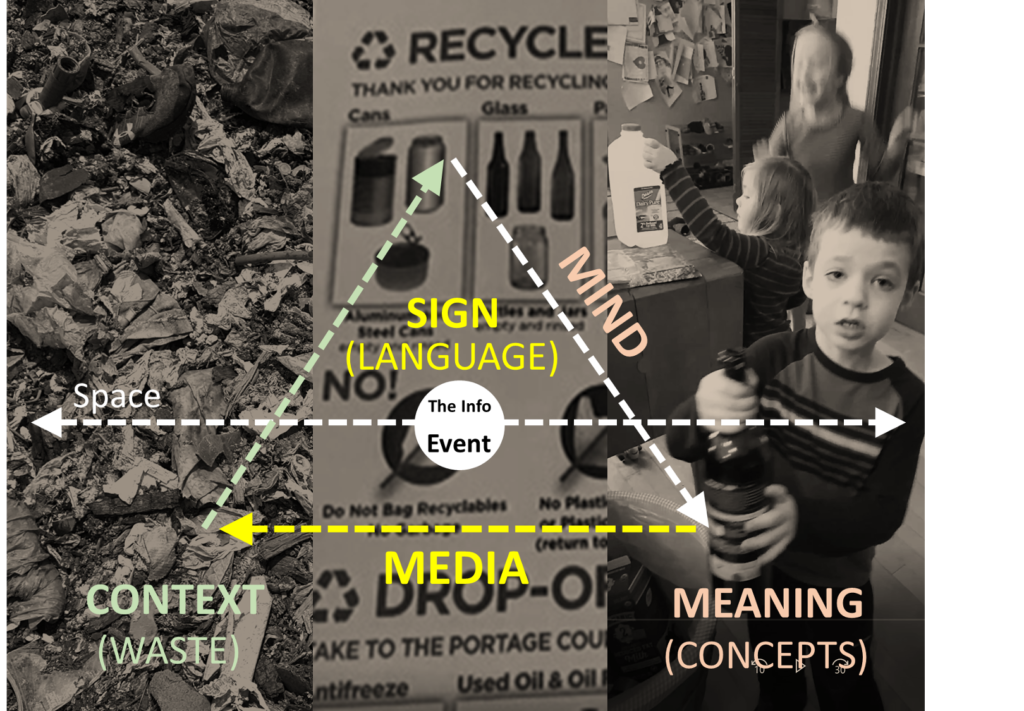
Structural Semiotics
The semiotic deconstruction and reconstruction of structural linguistic forms, as well as additional spatial dimensions such as time allowed for the development of an expanded theory of language structure to include multiple dimensions and increased complexity within a given event.
Knowledge Mobilization
The primary premise of the field of knowledge mobilization (KMB) is that there is a disconnect between research efforts within academia and the end user, the subject of research, the general public, whose access and integration of knowledge-based research is proving to be a major challenge in advancing theory into the realm of praxis (Fenwick & Farrell, 2012). The disconnects are numerous and pervasive, and are due in large part to the fragmentary nature, mobility, digitization and multitudinous forms of language systems, their arbitrary boundaries, and their lack of being grounded within a position of place and time (Fenwick & Farrell, 2012, p. 87). Furthermore, diverse concepts of sustainability swirl within a semiosphere of mediations adhering to a myriad of terms and apparatuses appropriated to disciplinary domains, however lacking a kind of ecological grounding or clarity of form or function. The Theory of Mind, Matter, and Media targets a practical outcome for what can be considered an abstract and highly structural linguistic approach to sustainability studies. The theory provides a foundation for eco-linguistic design and may be applied to a diverse body of systemic functions at varying scales and needs.
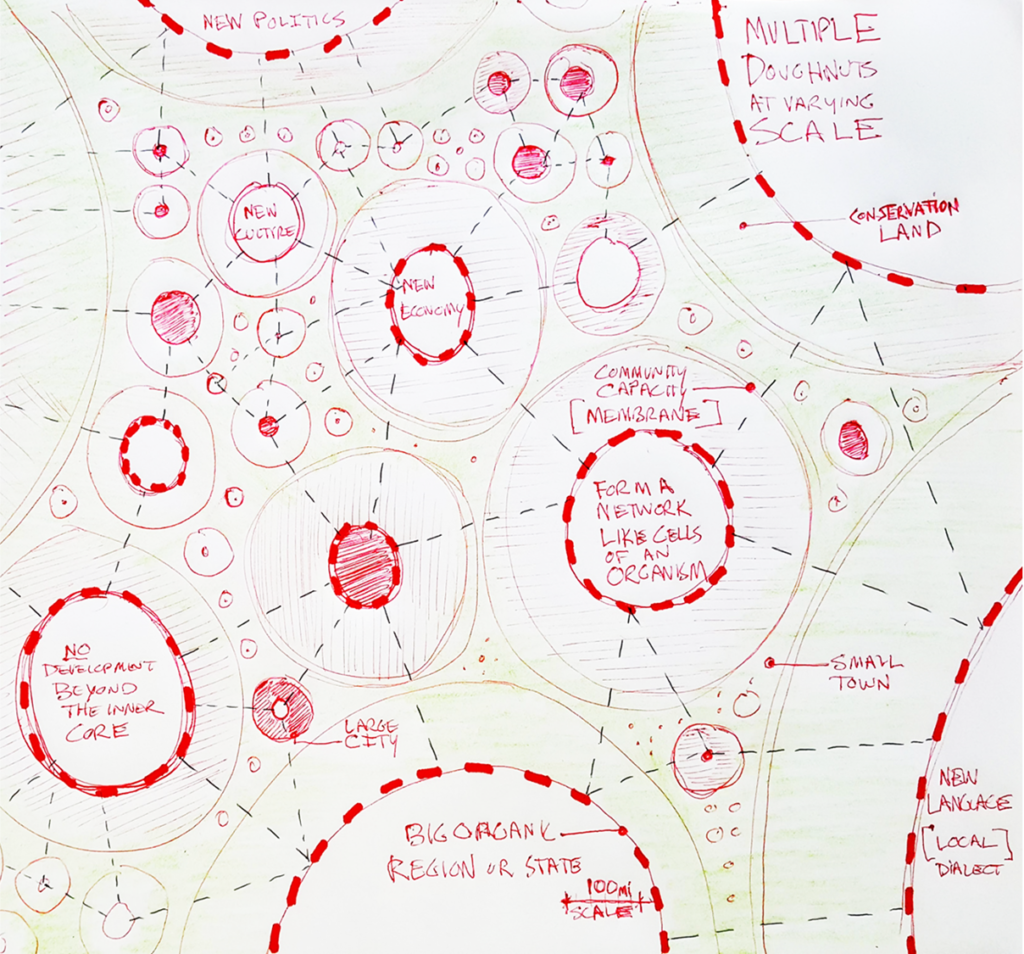
Subscribe to our mailing list
Stay up-to-date on all the latest news and information by adding your email address to our mailing list.
Buy the the hard copy version of the Introduction (Book 1)
Lorem ipsum dolor sit amet, consectetur adipiscing elit. Ut elit tellus, luctus nec ullamcorper mattis, pulvinar dapibus leo.
$19.95
